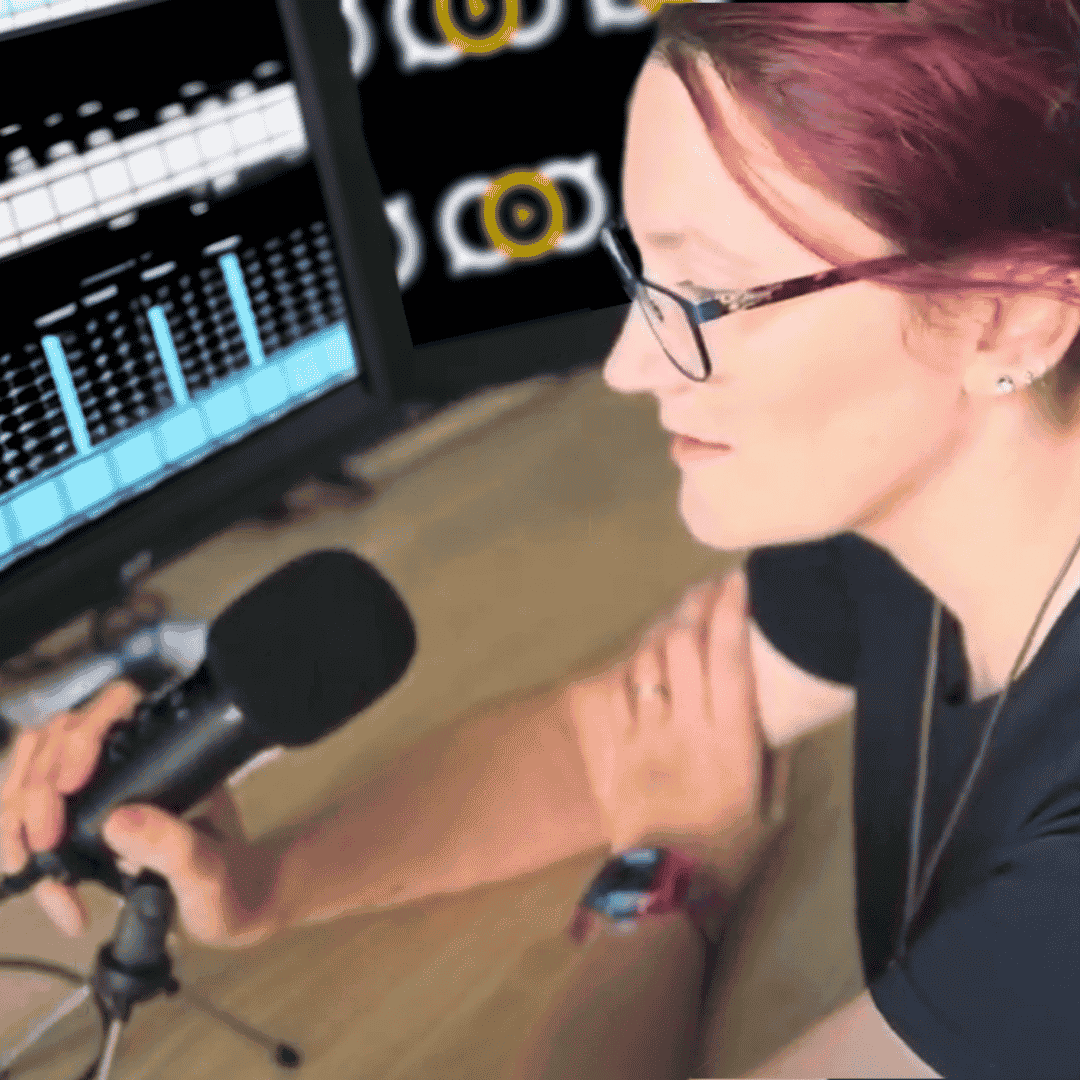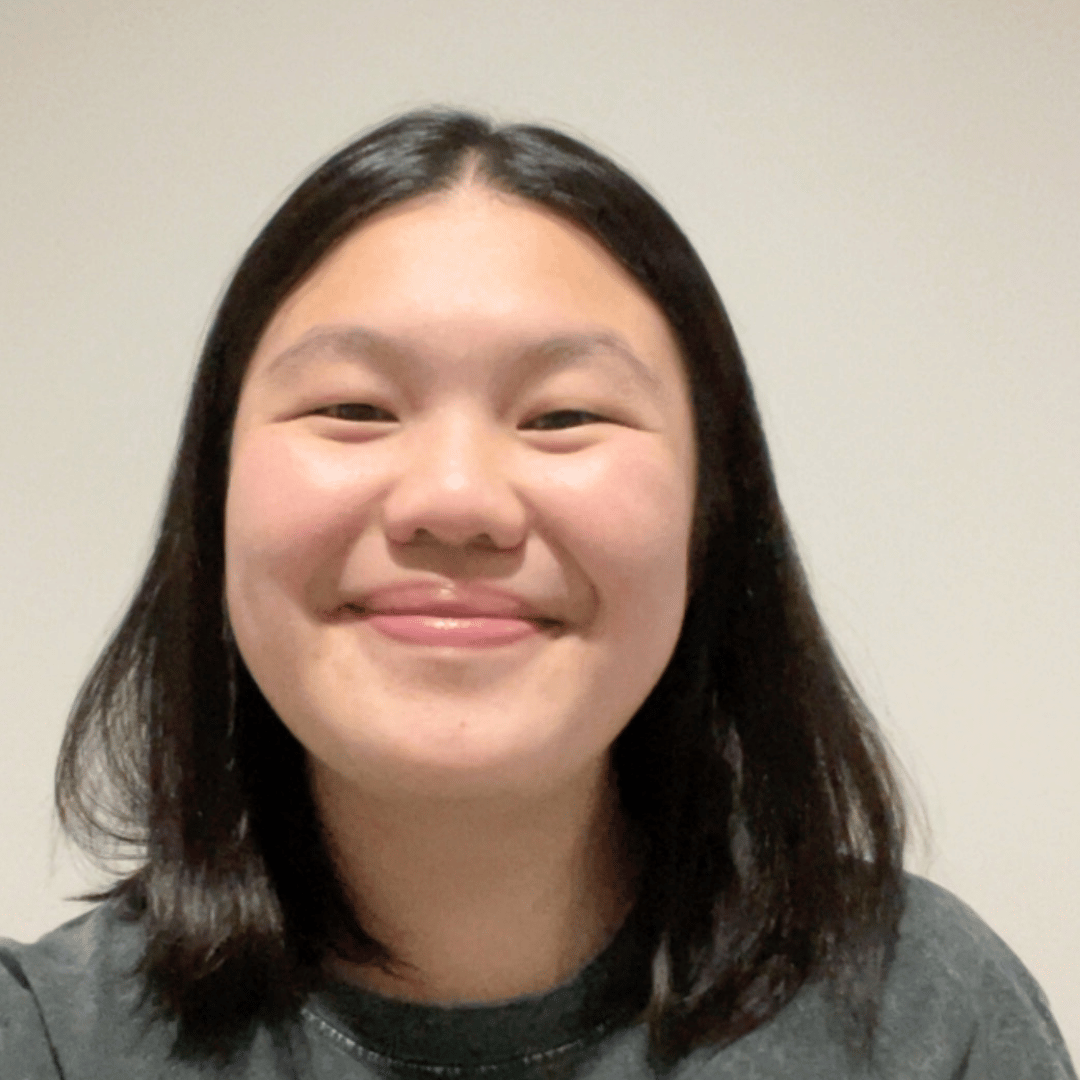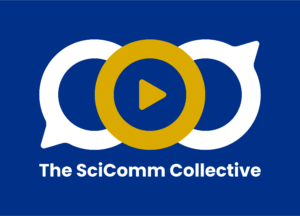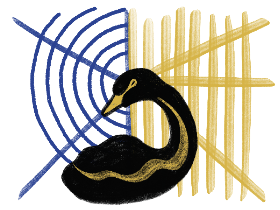Time: 37 min
“Seadragon Search has shown me how powerful it is when members of a community come together for conservation.”
– Chrissy Tustison
The Collective: Emma Gill, Felice Ng, Guanyu Zhai
Episode Links
Seadragon Search website and social media @seadragonsearch
Great Southern Reef Foundation
International Union for Conservation of Nature (IUCN) Red List: www.iucnredlist.org
The University of Western Australia
Scripps Institution of Oceanography
Chrissy’s PhD Supervisors Dr Nerida Wilson & Dr Heather Bray
Episode Credits
Guest: Chrissy Tustison
Host, Producer, & Editing: Emma Gill
Audio Engineering: Guanyu Zhai
Show notes: Felice Ng, Emma Gill
Audiogram: Headliner
Keywords
Science Communication, Citizen Science, Marine Biology, Sea Dragons, Leafy Seadragon, Ruby Seadragon, Weedy Seadragon, Conservation, Community Engagement, Biodiversity, Great Southern Reef, UWA, Public Engagement, Science Education, Environmental Awareness, Interdisciplinary Research, Marine Ecosystems, Machine Learning, Population Studies, Reproductive Behaviours, Climate Change, Scuba Diving, Snorkeling, Marine Photography, Ecological Research
“Seadragons are incredible and unique, making them great ambassadors for their habitats.”
– Chrissy Tustison
Show Notes
Have you ever wondered about the secret lives of seadragons? These amazing underwater creatures, related to seahorses, are not only beautiful but also play a vital role in their ecosystems. In our latest podcast episode, Master of SciComm student Emma talks with Chrissy Tustison, PhD student at The University of Western Australia (UWA) and founder of Seadragon Search, a citizen science project that aims to learn more about these fascinating creatures.
Chrissy’s love for seadragons is contagious. She describes them as “incredible and unique,” with distinctive looks and behaviours. Seadragon Search studies the three species of seadragons: common or weedy seadragons, leafy seadragons, and ruby seadragons. Each has its own unique features, from the leafy fins of the leafy seadragon to the dark, red colour of the deeper-dwelling ruby seadragon.
“Seadragons have unique patterning that we can use like a thumbprint to identify individuals.”
– Chrissy Tustison
One of the most interesting things about Seadragon Search is its involvement of everyday people, or ‘citizen scientists’. Anyone who takes photos of seadragons can help the project by sharing their pictures to an online platform. Researchers then use machine learning to analyse the photos and identify individual seadragons by their unique patterns, like how we use fingerprints. This innovative method helps the team gather valuable information about seadragon populations and their breeding habits.
Chrissy also researches why people engage in citizen science, emphasising the importance of sharing information with the community to create a “knowledge feedback loop” and keep everyone interested and involved. Seadragon Search’s four-year collaboration has already led to important insights, including new estimates of seadragon population sizes and better understanding of their reproductive behaviour!
The main goal of Seadragon Search is to raise awareness about the Great Southern Reef, a biodiversity hotspot that stretches along Australia’s southern coast. By highlighting seadragons, Chrissy hopes to draw attention to the importance of protecting these habitats, especially in the face of climate change.
So whether you’re an experienced diver or someone who just loves marine life, grab your headphones and dive into this episode. Chrissy’s enthusiasm and dedication to her research are truly inspiring, and her insights into the world of seadragons offer a fascinating glimpse into the wonders of the ocean. You’ll come away with a greater appreciation for these remarkable creatures and the incredible work being done to protect them.
“Seadragons are incredible and unique, making them great ambassadors for their habitats.”
– Chrissy Tustison



We love hearing everyone’s stories of how they got into science communication. What about you? What brought you here? Feel free to share in the comments!


All opinions on this website are representative of individuals and are not representative of The University of Western Australia. The University of Western Australia is not liable for content herein.